Courtesy of Asonta Benetti
- Asonta Benetti purchased an iPhone 13 Max Pro in January after avoiding Apple products for 10 years.
- Benetti tired of the constant issues with her cheaper Android devices and made the switch to Apple.
- After months of use, she breaks down the things she likes and could do without, on the new device.
After more than a decade of resisting joining the Apple community, I finally caved and purchased an iPhone 13 Pro Max in January 2022.
I was never a proponent of Apple during their rise to popularity in the late 2000s, shunning them and their products.
For the last 10 years, I purchased Google, Samsung and LG smartphones in an attempt to evade the ubiquitous iPhone.
But when my LG Stylo 5 began to fail me after a short two years, I decided it was time to bite the bullet. I needed a reliable device for work and my last few Android phones, some cheaper and some not, had been riddled with issues.
I purchased my brand new Sierra blue iPhone 13 Pro.
Using my new iPhone for the last few months, I’ve been surprised by what things still catch me off guard and what are pleasant additions to my day-to-day life.
These are the things I like and dislike the most about my new iPhone.
Siri is oversensitive
I’m not a fan of virtual assistants. However, as a writer, I do use dictation for talk-to-text. To use dictation on an iPhone, it requires keeping the virtual assistant enabled.
This was the same on my Android device, however, it was rare for me to accidentally engage the virtual assistant function.
Siri, on the other hand, is somehow enabled via various methods every time the phone is in my hands. It doesn’t help that the way I instinctively want to turn off the phone, by simply holding the long side button down, is what kicks Siri on now, which can be rather frustrating.
The iOS keyboard reduces my typos
On my previous Android phones, I’ve tried various keyboards and keyboard sizes, trying to find one that wouldn’t leave my sentences riddled with misspellings. I found them either less sensitive or the letters not quite the right size to prevent me from consistently punching another character.
With my last phone, I would consistently end sentences with an ‘M’ rather than the period that sat right below it. So when I tapped out the first text on my iPhone, I was thrilled at how quick and error-free my message was.
It may just be how I hit the keys, but the iOS keyboard has worked way better for me over the last few months than years with Android keyboards.
The calculator app is painfully simplistic and poorly designed
Like most people, I haven’t owned a physical calculator since math class many years ago.
I rely on my phone calculator which has never been a problem on my Androids. The entire equation is displayed on the screen where I could double-check and fix any mistakes.
Now, once I move onto the next number in my equation, the rest disappear. I can’t see the breakdown of the total.
After some research, I know that if I go into the Spotlight search, I can type an equation and have the entire string display. I am confused as to why that function doesn’t exist in the Calculator app. I also miss how on my Android I could easily access my history of calculations in the calculator app.
I was impressed by the Apple Stocks app and use it daily
When switching over from my Android, I had to re-download all my apps. I don’t use many apps daily, but I did need a stocks app to keep an eye on my investments.
I was pleasantly surprised I could scratch it from my download list because Apple’s built-in Stocks app is very user-friendly.
The Stocks widget is perfect for the top few symbols I want to keep an eye on. The set-up is basic, with real-time updates for my watchlist of stocks I follow, and a well-curated collection of news stories.
Volume buttons do more with less on an Android
One thing I loved about my Android was being able to use the Down volume button to take the volume level down, put it into Vibrate mode, then put it into Silent.
All these functions could be undertaken smoothly with one button.
iPhone has managed to over complicate the simple task setting notification sounds with a silent ringer switch and options in the Settings for when to use Vibrate and when not to.
Trying to figure out which volume button turns the phone off and which one takes a screenshot in some combination with that other side button remains a puzzle to me.
The iPhone does what it says on the box surprisingly well
A smartphone, for everything it is, should work as a phone above all else.
Talking on speaker with my iPhone is refreshingly clearer than what I’ve experienced with previous phones. I love the sub menu option that pops up immediately on a call asking how I want to transmit the sound – car bluetooth, hands free speaker, or through my earphones.
When I am using the OG method of holding the handset up to my ear, it doesn’t result in my earring somehow hitting a myriad of buttons by accident as it has with my Androids.
At the end of the day, I can trust the functionality of the phone to work as a phone and work consistently well.
This content was originally published here.

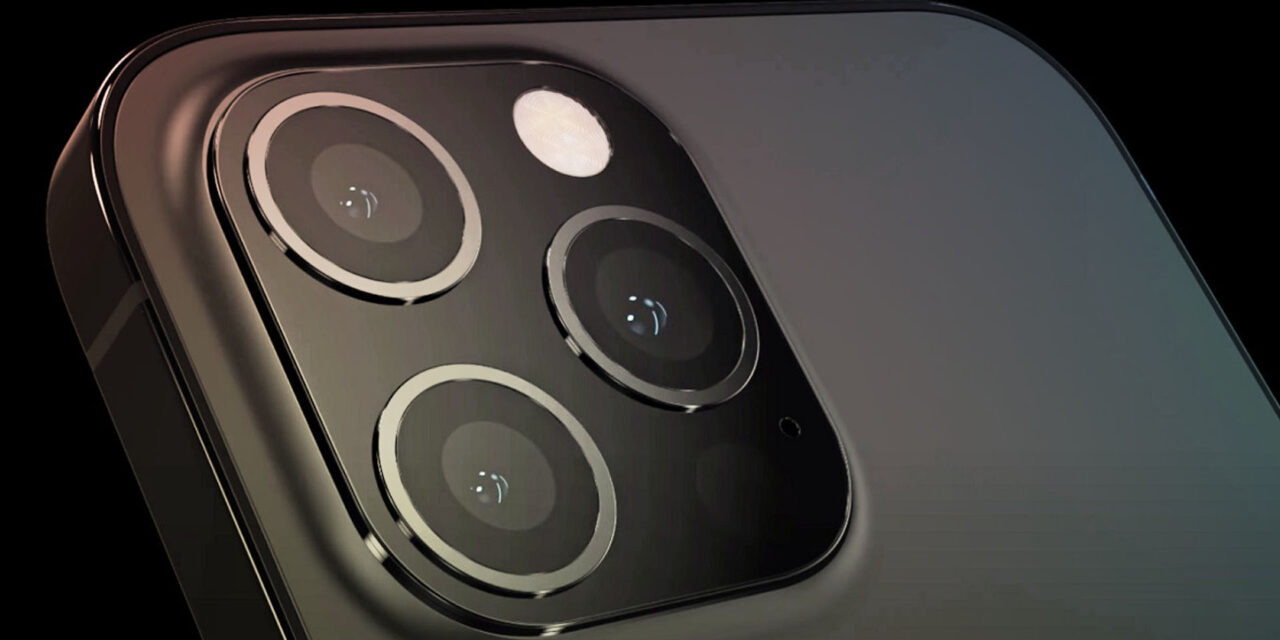
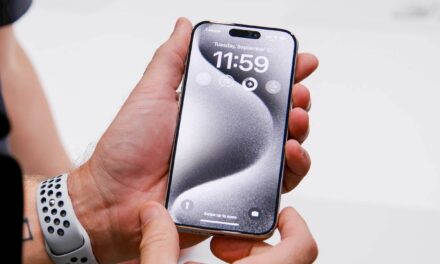
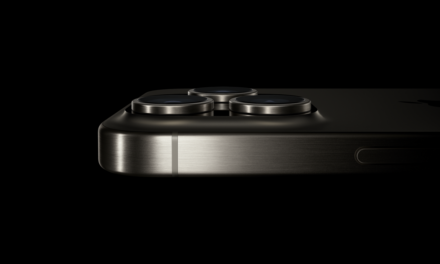
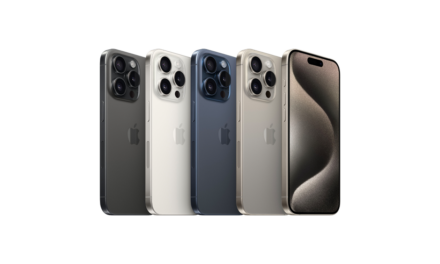
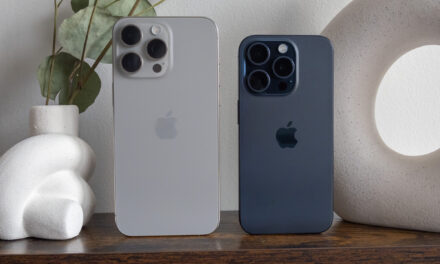
Recent Comments